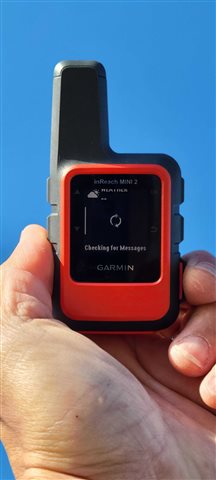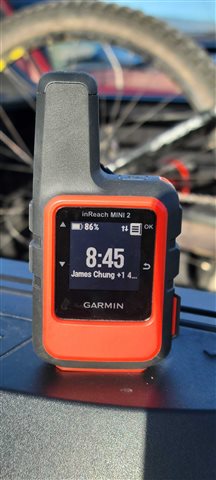I just bought the InReach Mini 2 and an annual recreational plan.
I have been testing it to learn the user interface and its effectiveness. So far, my impression is "janky." More seriously, I fear that it will not save my life in real life situation. Here is my data...
1. Tested in the backyard with a clear view of the sky (no cloud, 95125 zipcode)
Even after letting the unit "settle in" for 5 minutes, the communication is laggy. Fine, I'll accept that it's a tiny handheld transmitting with satellites. But it makes me wonder "how many satellites do Garmin own up there?
I also get enough of the "GPS signal is poor, do you want to send it anyway?" This makes me wonder if I'll be cussing at Garmin as I am freezing with a broken ankle with a clear view of the sky.
I have not done the same test under cloudy condition yet.
2. Tested in Monterey Bay while scuba diving. Paid for the expensive underwater case. Tried to send the start and end preset messages on the surface. Clear view of the sky. Waited 5 minutes both times before "oh well, I'm just testing it" and gave up. I eventually received the preset messages on my phone. Tried the tests both with case and without it.
Before wasting more time holding my breath..
A) Is my expectation of InReach too high? (i.e., marketing hype)
B) Is this device and service gonna increase my chance of rescue as I do "weekend adventure" activities in California?
C) Am I using this InReach Mini 2 incorrectly?
Thanks in advance.



